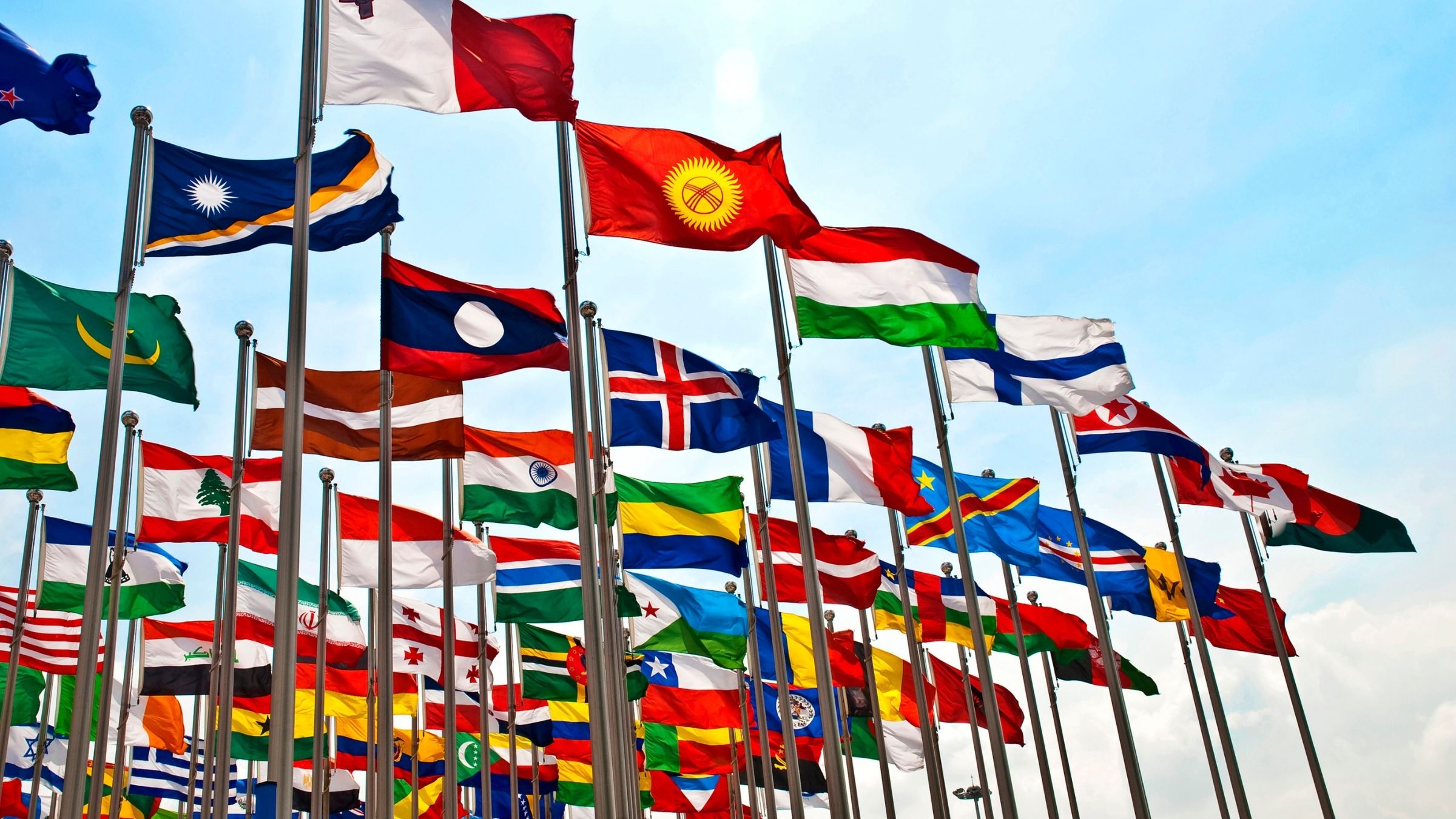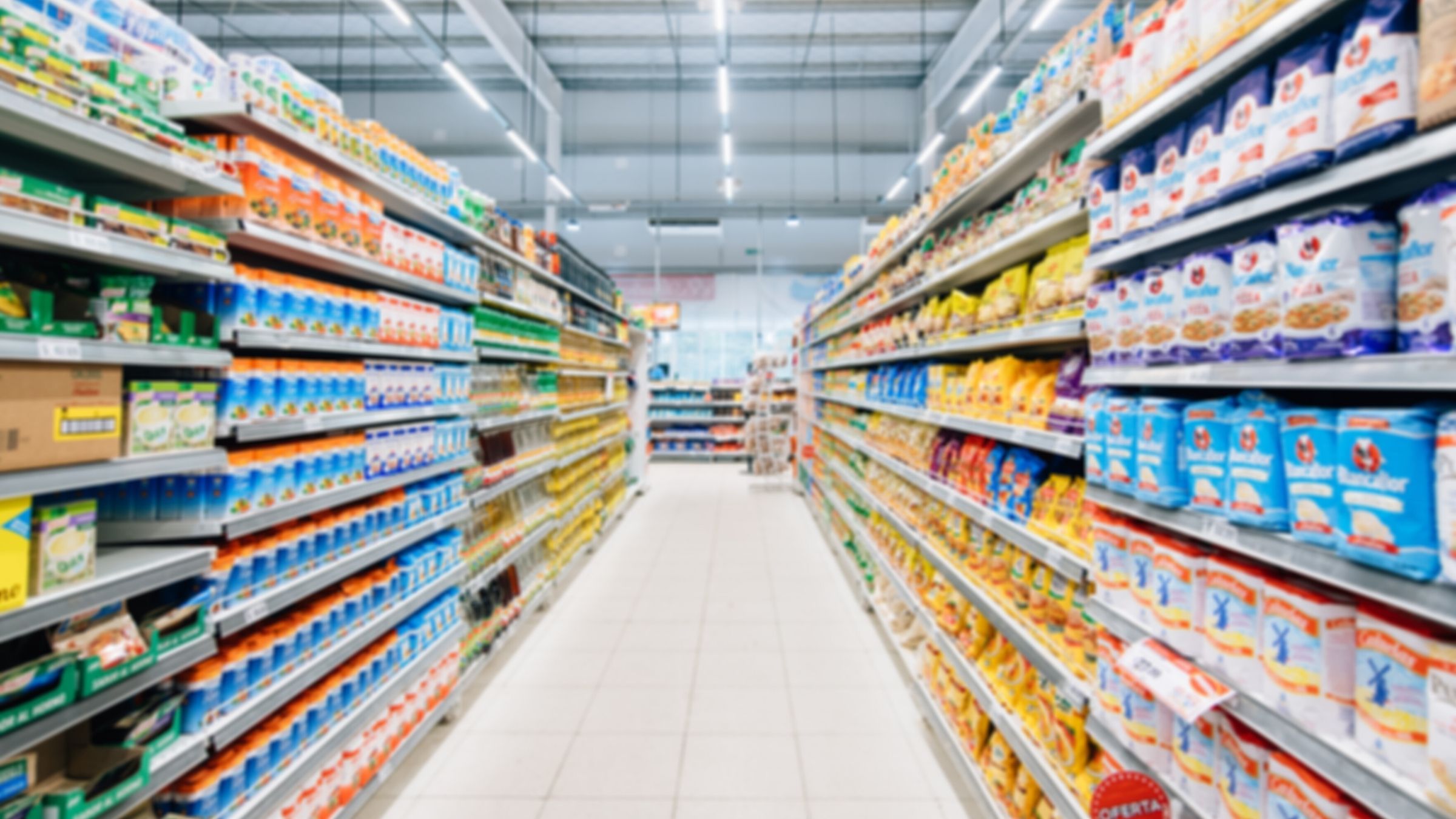
![]()
![]()
![]()
USDA’s Office of Agricultural Affairs, OAA, in Panama City, hereinafter referred to as “Post,” reports that Panama is an attractive market for exporting U.S. agricultural food products. Its culturally diverse population, geographical location, and love for American food and culture support export opportunities for U.S. high-value food and beverage products. In fiscal year 2022, U.S. agricultural and related products exports to Panama grew 20% to $1.041 billion, as the lifting of COVID-19 restrictions allowed for growth in tourism and in key economic activities such as hotels & restaurants.
Panama is one of the fastest-growing economies in the Americas because of its strong service sector. Its GDP was expected to reach US$68.5 billion by the end of 2022. Panama’s economy is based predominately on services (83%). Agriculture accounts for only a small portion (2.9%). The U.S. market share for food processing ingredients is 60%.
U.S. exports were valued at US$614.5 million in FY2022. The United States has the largest market share followed by Brazil and Argentina. U.S. products are considered high in quality and are well-accepted overall. The customs clearance process in Panama is relatively fast and trouble-free.

“All of Food Export’s programs were a tremendous help getting us export ready, understanding the challenges that come with international business, and learning how to navigate them.”
Katz Gluten Free
Food Export-Northeast Participant since 2018
![]()
![]()
![]()
Preference continues to grow towards supermarkets and away from traditional markets. Today’s supermarkets can offer reduced consumer prices relative to traditional, family-owned retail. Supermarkets exhibit increasing product safety and diversity, and robust e-commerce platforms with delivery. Competition is based primarily on price and convenience.
High growth categories in the forecast include:
In recent years, the consumption of more convenience and healthy foods has been a trend that resulted in good prospects for U.S. food exports. These include categories like low-fat, low-sodium, gluten-free, sugar-free, keto, fresh fruits (such as apples, grapes, peaches, and pears), organic foods, and processed fruits (especially canned fruits). Processed canned vegetables (especially canned mixed vegetables, yellow sweet corn, peas, mushrooms, and garbanzo beans), snack foods (including corn chips, popcorn, cookies, and candy), and frozen processed products (pizzas and ready-to-eat food) also have high import demand.
Best Product Prospects:
Post reports that the top prospects for U.S consumer-oriented product exports to Panama include meat, poultry, seafood, snack foods, dairy products, condiments, wine, beer, beverages, baking ingredients, healthy foods, and frozen, processed, and prepared food products. In addition, bulk commodities such as yellow corn, paddy rice, soybean meal, and wheat flour are also in demand.
Restaurants in Panama City are highly developed and possess world-class chefs. Due to expanding tourism, growing immigration, and higher consumer purchasing power, the selection of restaurants and international cuisine is expected to continue to grow. Currently, the Panamanian Association of Restaurants and related businesses have more than 400 members. Travel and tourism are an engine of economic development and a vehicle for sharing cultures.
Best Product Prospects:
Post reports that high value products offer good market opportunities in Panama, especially ready-made or convenience food, wholesome and healthy products. A list of favorite imports from the HRI sector includes beer, wine and spirits, condiments and food ingredients, pre-cooked potatoes, snacks, frozen or ready-made food, seafood, cheese, vegetable oil, frozen vegetables, ready to eat single meals, and rice, pasta, and noodles.
![]()
![]()
![]()
With 150 food-processing companies, Panama’s food processing ingredients market accounts for US$135 million in U.S. exports, which represent about a 60% market share.
These local companies include dairy processors, meat and poultry products processors, fishery products processors, fruits processors, beverages and spirits, bakery, snacks, pet food among others. The food processing industry experienced 12% growth over the last few years due to increases in local food processing facilities, tourism, and foreigners relocating to Panama.
Best Prospect Products
Post reports that the Panamanian market offers good export opportunities in the food processing sector for additives, preservatives, flavorings, vegetable colorings, sauces and condiments, grains (wheat, yellow corn, and rice), vegetable and soybean oils, and sweeteners and beverage bases.
Your Connection To Growth®
©2024 Food Export Association of the Midwest USA and Food Export USA–Northeast. All Rights Reserved.
Food Export–Midwest and Food Export–Northeast prohibits discrimination in all its programs and activities on the basis of race, color, national origin, religion, sex, gender identity (including gender expression), sexual orientation, disability, age, marital status, familial/parental status, income derived from a public assistance program, political beliefs, reprisal or retaliation for prior civil rights activity. (Not all bases apply to all programs.) Persons with disabilities who require reasonable accommodations or alternative means of communication for program information (e.g., Braille, large print, audiotape, American Sign Language, etc.) should contact us. Additionally, program information may be made available in languages other than English.
To file a program discrimination complaint, complete the USDA Program Discrimination Complaint Form, AD-3027, found online https://www.ascr.usda.gov/filing-program-discrimination-complaint-usda-customer.
Food Export–Midwest and Food Export–Northeast reserve the right to deny services to any firm or individual which, in the sole opinion of Food Export–Midwest and Food Export–Northeast, does not comply with FAS, MAP or Food Export–Midwest and Food Export–Northeast regulations or policies, or otherwise offer the best opportunity to achieve its mission of increasing food and agricultural exports. Submission of any false or misleading information may be grounds for rejection or subsequent revocation of any application or participation. Food Export–Midwest and Food Export–Northeast are equal opportunity employers and providers.
